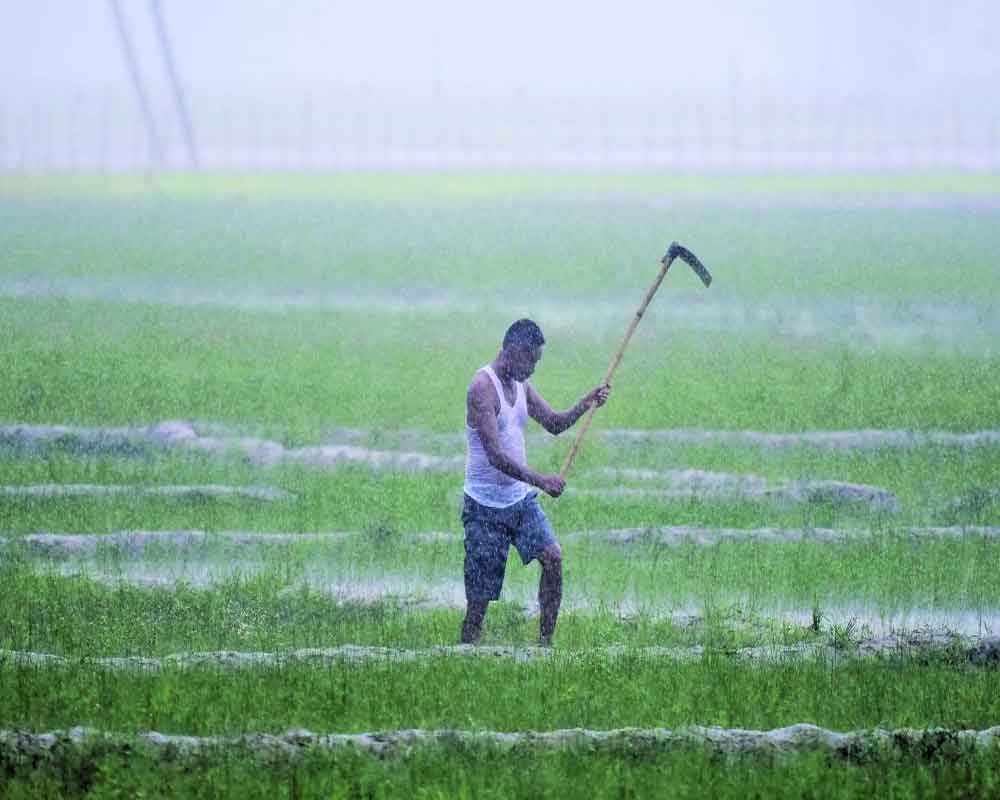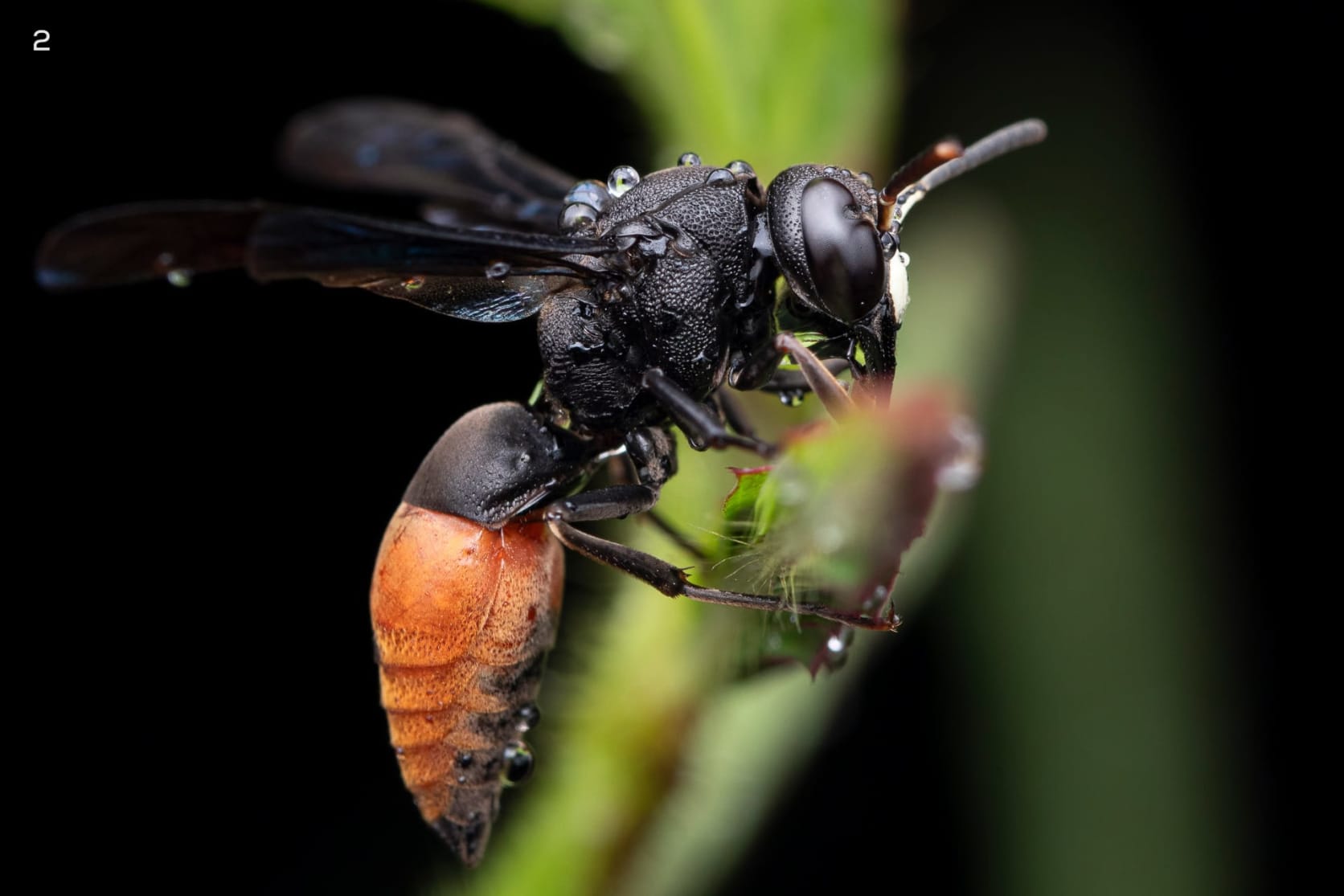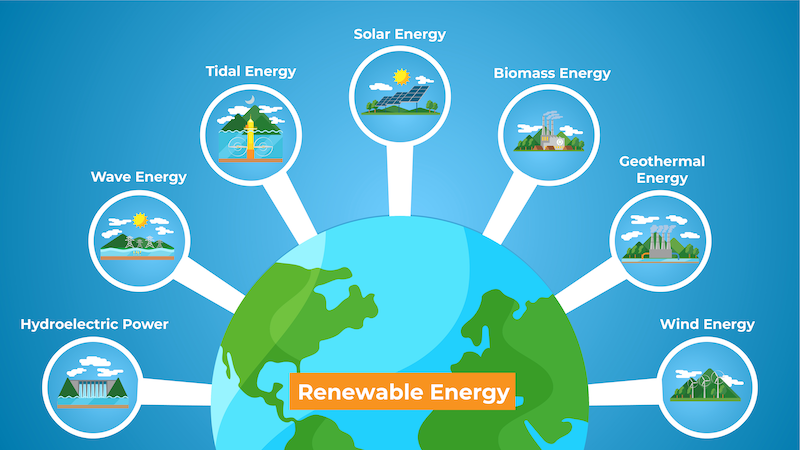


Indian-American astronaut Sunita Williams and her colleague Barry Wilmore have been stuck at the International Space Station for six months due to a malfunctioning spacecraft. Their rescue mission has been further delayed as NASA announced a delay in the return flight on SpaceX's Crew-9 Dragon capsule. They are now expected to spend close to ten months in space, raising concerns about their health as astronauts require twice as many calories in space due to changes in their metabolism. NASA's Commercial Crew Programme Manager has commended the SpaceX team for their efforts in preparing a new spacecraft for the mission.
International Space Station Crew Faces Extended Stay Amidst Malfunctioning Spacecraft
Indian-American astronaut Sunita Williams and her NASA colleague Barry Wilmore, part of the International Space Station (ISS) Expedition 65 crew, have been stranded in space for an extended period due to a technical issue with their scheduled return spacecraft.
Boeing Starliner Malfunction and Rescue Mission Delay
The astronauts were initially set to return to Earth on Boeing's Starliner spacecraft, which was scheduled to launch in May 2022. However, a malfunction in the spacecraft's propulsion system during an uncrewed test flight in 2021 forced NASA to postpone the rescue mission.
SpaceX Crew-9 Dragon Capsule Return Delays
NASA subsequently planned to use SpaceX's Crew-9 Dragon capsule as a substitute for the Starliner. The Crew-9 mission was set to launch in September 2022, but has since been pushed back due to unspecified issues with the spacecraft.
Extended Stay and Health Concerns
As a result, Williams and Wilmore are now expected to spend close to ten months in space, significantly longer than their initial six-month mission. This extended stay raises concerns about their health, as astronauts require twice as many calories in space due to changes in their metabolism. NASA has expressed confidence in the astronauts' ability to adapt to the extended spaceflight.
Commercial Crew Program Manager Commends SpaceX
Despite the delays, NASA's Commercial Crew Program Manager has praised the SpaceX team for their efforts in preparing a new spacecraft for the rescue mission. SpaceX is working diligently to resolve the technical issues and return the astronauts to Earth safely.
Top 5 FAQs and Answers
1. Why are Williams and Wilmore stuck on the ISS? A: Due to a malfunction in the Boeing Starliner spacecraft, scheduled to return them to Earth.
2. When are they now expected to return to Earth? A: Close to ten months after their initial return date, around March 2023.
3. What are the health concerns related to the extended stay? A: Astronauts require twice as many calories in space, and their metabolism changes, which can pose health risks.
4. Why was the SpaceX Crew-9 mission delayed? A: NASA has not yet specified the reasons for the delay.
5. What is NASA's response to the delays? A: NASA is confident in the astronauts' ability to adapt to the extended spaceflight and has praised SpaceX for their efforts in preparing a new spacecraft.

A new meta-analysis of 15 separate studies conducted by experts at Maharishi International University reveals the potential of transcendental meditation (TM) in relieving symptoms of post-traumatic stress disorder (PTSD). With evidence of its effectiveness in as little as a few weeks, TM offers a safe and gentle alternative to commonly used therapy methods that can be unsettling for some individuals. The results show promising potential for using TM as a solution for those suffering from the lasting effects of PTSD.

The India Meteorological Department (IMD) has projected that India is expected to experience above-normal rainfall during the upcoming southwest monsoon season, which can result in a bountiful harvest for the agriculture-centric economy. However, areas of Tamil Nadu and the northeastern region may experience below-normal rainfall, while Marathwada and adjacent Telangana regions may see above-normal showers. The IMD has forecasted a cumulative rainfall of 105% of the long-period average for June to September, bringing much-needed relief to the farming sector.

In the world of insects, few are as fascinating as the potter wasp. With the ability to build intricate mud nests and a unique method of storing prey for their young, these small predators are a wonder to behold. Learn more about these intriguing insects and the misconceptions surrounding them in this eye-opening article.

In a mind-boggling discovery that has garnered the attention of astronomers and space weather experts, recent research reveals that the Sun may have undergone a sudden and unexpected shift in its internal dynamics. This change, specifically in the Sun's Coronal Global Circulation (CGC), could potentially lead to a new, century-long solar cycle – a once-in-100-year event that may bring about prolonged and intense space weather conditions. Scientists are concerned about the potential impacts on our modern infrastructure, from satellites and power grids to aviation safety and national security. With the Sun seemingly writing a new rulebook, researchers are racing to keep up with this mysterious transformation.

With World Malaria Day approaching, it is important to understand the severity of this disease and the steps one can take for a speedy recovery. This year's theme, "Malaria Ends With Us: Reinvest, Reimagine, Reignite," aims to re-energize efforts towards eliminating malaria. From getting enough rest to staying hydrated and following proper nutrition, these tips can help in the treatment of malaria. Adhering to prescribed medication and seeking follow-ups with healthcare providers are also crucial for a full recovery.

A diverse group of individuals, including a genius with the world's highest IQ, a psychic with a museum in Tel Aviv, a skeptic Italian physicist, a researcher of the transition between life and death, and a biologist and writer, share their unique perspectives on the enduring mystery of what happens after we die. While some believe in an afterlife and the possibility of reuniting with loved ones in a different dimension, others dismiss such notions as fear-driven or scientifically implausible. Despite the conflicting viewpoints, the curiosity and debate surrounding this timeless topic continue.

As the world celebrates Earth Day, environmentalists are emphasising the need to shift towards renewable energy, particularly solar energy, to combat the ongoing climate crisis. With the theme 'Our Power, Our Planet', the focus is on raising awareness about the adoption of natural resources. Renewable energy is crucial for safeguarding natural resources and local communities, and experts are calling for the rapid transition to clean, sustainable sources like solar and biomass. The state of Telangana has abundant sunlight making solar energy a viable option, and it is essential for the government to introduce innovative initiatives to promote its adoption across all sectors. By embracing renewable energy, we can contribute to a greener tomorrow for our planet.

Professor Ning Zeng of the University of Maryland came up with the idea of burying dead trees instead of burning them to prevent carbon emissions into the atmosphere. Inspired by the durability of ancient wood found in archaeology, Zeng enlisted the help of a farmer in Maryland to bury 100 tons of unused and damaged trees on his property. However, Zeng faces a roadblock from government permits as burying wood is classified as a landfill and requires time-consuming approvals.

Researchers from the University of Helsinki and the Finnish Geospatial Institute have set up a long-term experiment using laser scanning technology to track the growth and phenology of individual trees. The study, the first of its kind, found that species richness, competitive pressure for light, and water availability all play a role in the timing of spring leaf burst and fall leaf senescence. This experiment provides a better understanding of how local factors impact tree growth and phenology, and the results have been published as open data for further research.

At the Beijing International Youth Innovation and Development Forum, experts emphasized the crucial role of young talent in shaping the future of innovation, particularly in rapidly evolving global scientific frontiers. They stressed on the need to trust, guide, and support young innovators in order to strengthen their skills, with Beijing itself fostering an inclusive talent ecosystem. The importance of cross-disciplinary collaboration in addressing global challenges such as climate change and energy security was also highlighted, with emerging technologies like quantum computing and renewable energy being crucial catalysts for progress in this regard.